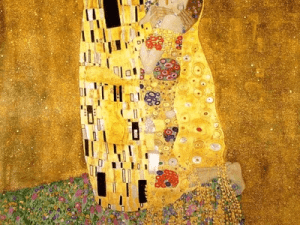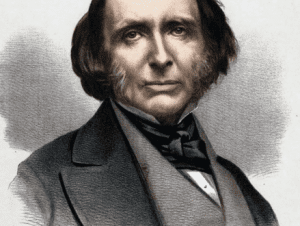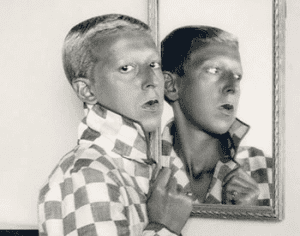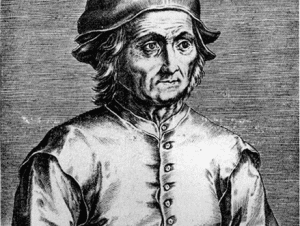Title of Artwork: “Weeping Woman”

Artwork by Pablo Picasso
Year Created 1937
Summary of Weeping Woman
Pablo Picasso became obsessed with the image of a weeping woman during the Spanish Civil War in 1937, which symbolised his own personal anguish and loss. His famous depiction of a German bombing raid on a Basque town, Guernica, first featured this figure in sketches. For Guernica, Picasso created anywhere from sixty to seventy preparatory drawings and postscripts. A single female head with anguish and tears is the most frequently depicted image of the subjects that were explored by him. During the period from May to the end of October 1937, a total of 36 unique works depicting these images were located: 9 paintings on canvas, 21 sketches done in pencil on paper or card, and 6 small drawings on matchboxes.
All About Weeping Woman
When it comes to Weeping Woman, however, the facial ‘architecture’ is very different from the flat-outlined faces of Guernica. It was not only shocking in its own right, but also powerful in its association with grief because of its bright and brash colour palette.
One of the most prominent surrealist photographers of the 1930s, Dora Maar served as the inspiration for the entire series of Weeping Woman portraits. Pablo Picasso’s mistress and muse, she became his intellectual companion after meeting him in 1936 in Paris. From 1936 to 1943, he painted her dozens of times because of her strong personality and her influence on his political views.
Once completed in early November 1937, Picasso’s Weeping Woman was purchased by British Surrealist artist Roland Penrose. According to Penrose, this work is a major postscript to Guernica and a Surrealist painting.
Information Citations
En.wikipedia.org, https://en.wikipedia.org/.
Recommend0 recommendationsPublished in Artworks








Responses